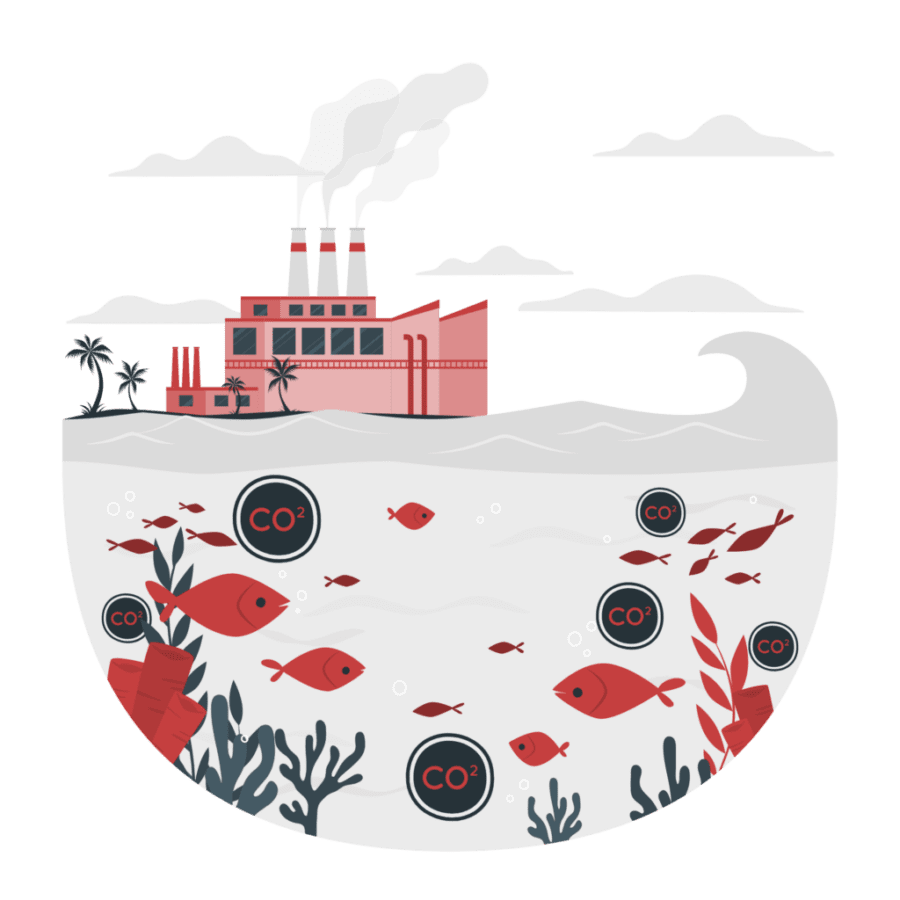What are Credible Sources and How do I find them?

You’ve been given a writing assignment about a subject you know little about. To learn more about this topic, what is the first thing you do?
Do you, by chance, Google the topic and click the first few listed links to get started?
This is normal and often how most of us learn about new topics, but when researching and writing about a subject for academic and professional purposes, we will have to start digging a little deeper.
In academic writing, it is important always to discuss your ideas in relation to research and work that has come before you.
When writing an academic paper like a research report we can’t just make something up!
We need to read various credible sources to learn about the topic. Then, we need to paraphrase, summarize, and synthesize the new information we have learned into our own words to demonstrate that we have developed our understanding of the topic.
So where do we start?

What are credible sources?
Quality, credible sources come in many forms. Some of these forms can include:
- Publications from peer-reviewed academic journals
- Articles from reputable news outlets with editorial standards
- Publications or websites from established institutions, such as government agencies, universities, or research organizations
- Expert-reviewed books or materials
The academic community largely prefers that students use peer-reviewed sources over other sources whenever possible, but let’s back up: what do we mean by peer-reviewed sources, and why are they preferred?

An article is peer-reviewed when it goes through an editorial process where several experts in a field review the publication for accuracy and scientific integrity.
In general, if you use materials from peer-reviewed publications, they have been vetted by scholars in your field for quality and importance. This means, in general, you can trust their credibility.

It is generally accepted in the scientific community that if a publication has gone through the peer-review process, it is very unlikely that the research is fabricated, exaggerated, or influenced by ulterior motives.
The peer-review process and academic publishing lend credibility to our arguments and writing. When we use peer-reviewed sources, we become more credible.

Where do I find credible sources?
Now that we know what a peer-review source is, where do we begin to find credible sources like these?
For an in-depth overview of how to conduct a comprehensive literature search, please check out the following guide on Conducting Literature Searches.
Starting with the Basics
A great place to start is with Google Scholar.
Google Scholar is a search engine that primarily searches academic, peer-reviewed, and government sources for publications relevant to your topic. For more in-depth guidance on Conducting a Literature Searches.
Other academically oriented search engines that are helpful include:
On these sites, you can use specific search terms related to your topic and read through various peer-reviewed publications on the topic.

How do I know if my source is credible?
In general, peer-reviewed sources are a great way to go because they have already gone through a rigorous vetting process before publication.
If you look for sources outside of these academic search engines, for example, you find a nonprofit’s website or a news article you like, and you want to make sure it is credible, there are steps you can take.
Why we need to be discerning about our sources:
Imagine you are writing a paper about climate change and the first article you find turns out to be from a biased oil company website – yikes! Much information you find online may not only come from incredible sources, it also may come from biased sources, which can bring your credibility as a writer into question.
To avoid such pitfalls, we here at Unity recommend using the CRAAP Test Checklist.
The CRAAP Test Checklist walks you through the process of verifying the:
- Currency
- Relevance
- Authority
- Accuracy
- and Purpose
of your sources, so you can ensure that you are presenting credible, unbiased evidence and source information to back up your writing.

For example, when researching the impact of pollution on marine life, you’d want to ensure your sources are current (maybe within the last 5 years), from reputable marine biologists or oceanographers, and published in peer-reviewed journals rather than opinion blogs.
By doing this, you’re strengthening your arguments and contributing to a more informed discussion on environmental issues.
Ready to move on to the next steps?
Now that you have found credible sources, take these next steps:
